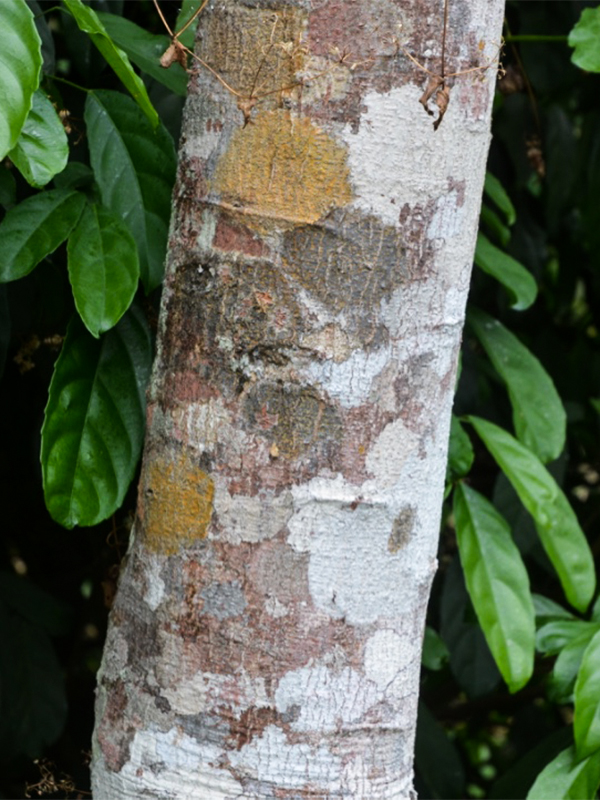| Cultivation | Susceptible to frost. Will tolerate a wide range of soil types but does best in moist, well-drained, loamy soils. |
| Pests | Seeds can be damaged by Bruchidius beetles. |
| Notable Specimens | Queen Sirikit Botanic Garden, Chiang Mai, Thailand. |
| Habitat | Grows in a variety of areas in southern Asia, from sea level to about 1,800 m, with an annual rainfall of 600 - 3,000 mm. Growing in open areas and preferring moist soils. |
| Bark/Stem Description | The bark is dark grey, slightly cracked, peeling in irregular small plates with horizontal lenticels. The inner bark is red while the wood is durable and dense. |
| Leaf Description | Leaves are bipinnately compound, 3-8 pairs of pinnae with 8-16 pairs of blunt leaflets that may be slightly downy. |
| Flower Description | Fragrant, appearing in large terminal clusters and sweetly fragrant in the spring. |
| Fruit Description | Seed pods are thin and flat, contain eight to twelve seeds, and grow to 13 - 20 cm long and 2 - 4 cm wide. |
| Colour Description | Bark is dark grey, with the heartwood ranging from dark brown to black that is often striped. Flowers are white and wither to a pale orange. Mature seed pods and seeds are reddish-brown. |
